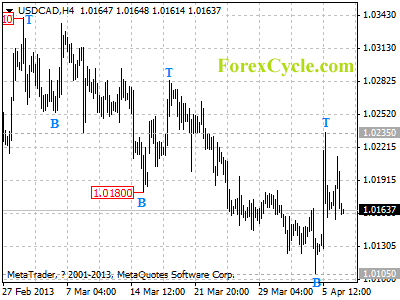A person that watches the movie “21” is greeted with the sight of a great plan to use math to bilk casinos out of their money. Based on a true story, these students were shown to be human calculators that simply played the numbers game at the blackjack tables to devastating effect. The first problem is the phrase “based on a true story”. That can mean any number of things, and like in the movie “21”, it does mean many things. They omitted little details such as the MIT team spending several months in the red and the high roller losing $120,000 in three hands. Thus, an unrealistic expectation was born.
But what is Gambler’s Ruin? It certainly does not sound very pleasant. A little bit of hunting around finds the definition to be something along the lines of the following, paraphrasing:
“Gambler’s Ruin is the idea that a player with a finite amount of money will eventually lose everything to a player with an infinite amount of money given a long enough period of time.”
Quite a few people look at activities like blackjack, poker, or market investing as gambles. They do not view these activities as the highly mathematical beasts that they are. The exceptional poker player is not just throwing cards and hoping to get a good hand. Instead he is paying attention to what is already on the table, what the other players are doing, and formulating the odds of getting the cards he needs to produce a winning hand. If he does not feel his odds are at a comfortable level, he cuts his losses and folds out of the hand. Granted, he loses his ante money and whatever was already bet; but that is still preferable than trying to compete in a race he already lost.
For just a moment, consider the relationship between the investor and the stock market. The investor is a player with a finite amount of money. The stock market is a player with an infinite amount of money. What is going to happen according to Gambler’s Ruin? Eventually, the investor will lose everything to the stock market given enough time.
That does not happen often though, does it? Plenty of people participate in the stock market and walk away with dollars in their pocket. Why? These savvy investors equip themselves with the knowledge they need to identify when it is time to step into the game. More importantly, they are able to identify when to fold, or step back out. That methodology requires a calm, collected strategy with a solid basis on the foundation of what it is to gamble or invest.
The investor that simply shoves their money into an investment with no understanding of the performance, any idea of predictions for it, or an idea of how to gauge success and failure has already lost. They are throwing away their money. That person might as well pour their money into a hearth and burn it. At least doing that will provide some heat for a few minutes.
Effective gambling and investing is not about blind luck. It is about considering your probabilities and attempting to strike while the iron is hot. Minimize your losses by trying to maximize the favourable circumstances you have established before setting foot into the arena.
Investing can be a bit more difficult to prepare for. Ideally, you will want to have a good grasp of what is going on with whatever you are investing in. Find reliable news sources and proactively look for new developments that might have an affect on your investment. As a general example in the forex market; a person that invests in USD pairs is going to be very interested in hearing things such as plans for economic growth, announcements from the Federal Reserve, employment rates, and then information on whatever the second half of their pairs are. All of these things and more matter for the USD value.
The other side of the coin with Gambler’s Ruin is the idea of time as an equalizer. Eventually, time is going to level the playing field and then losses will build. Avoiding those losses is done by stepping out of, or folding from, the game before they mount too high. There is no reason to step straight into a bad run. If your market pairs have been trending weakly just bide your time. Step into the game when it is beneficial for you.
The only people that take blind chances in the market or gambling are people that have already lost. They will soon be parted from their money and hopefully learn a valuable lesson from the experience. Don’t be mistaken, you will lose money. The difference is in how you are losing your money. Do you want to be the player that sacrifices his buy in, knowing that things are taking a turn for the worse? Or, would you rather be the player who is left sitting in a state of shock, wondering how he managed to lose?
Know how you are going to win, lose, and prevent major losses before ever playing the game; else Gambler’s Ruin will steal away your wealth too.













